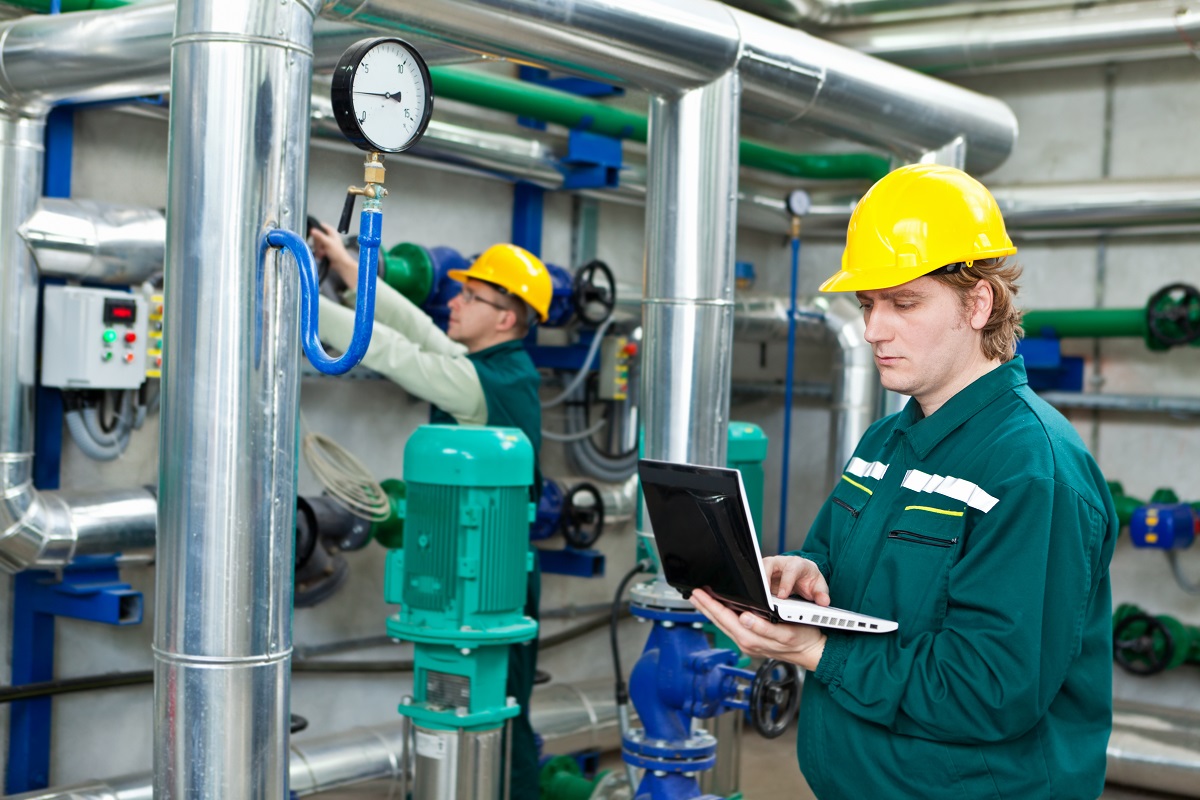- Digitalization has enabled operators to improve efficiency, cut costs, and optimize production.
- Robotics and automation have improved safety levels in many working environments using drones for hazardous tasks.
- Advanced analytics and machine learning applications increase production efficiency and reduce downtime.
- Renewable energy solutions have helped to reduce emissions and serve as an energy backup.
Over the years, the oil and gas industry has been characterized by complex and massive operations, making it vital in many of the world’s economies. Due to its indispensability, technology, and innovation continue to revolutionize the industry, leading to increased effectiveness, efficiency, and a reduction in environmental hazards.
This blog post will examine the latest technological advancements and innovations transforming the Oil and Gas industry.
Digitalization
One technological advancement that’s transforming the Oil and Gas industry is digitalization. In recent years, operators have been leveraging digital technologies to improve operational efficiency, cut down costs, and optimize production.
With the rise of the Internet of Things (IoT), sensors and data analytics technologies are being deployed on a large scale, providing detailed data to support decision-making. This innovation enables engineers to monitor and maintain assets, drones to inspect pipelines, and AI tools to diagnose equipment failures, resulting in better resource utilization and improved operational efficiency.
Robotics and Automation
In recent years, robotics and automation have gained tremendous popularity in the oil and gas industry. With increased technological advances, robots can assist in drilling, reduce the likelihood of oil spills, and improve safety levels in many working environments.
Unmanned vehicles such as drones are now taking over hazardous tasks such as inspections, inspections, or searching for leaks, thus reducing human personnel’s exposure risk. Here are the benefits:
Improved Safety

Using robotics and automation has brought a new era of safety to the oil and gas industry. These technologies can replace the need for humans to carry out hazardous tasks such as inspecting refineries, pipelines, and oil rigs, minimizing the risk of accidents and incidents.
Robotics are equipped with advanced sensors and cameras that precisely monitor and detect potential hazards or gas leaks, providing early warning systems for the operators. Automation also leads to a safer work environment by reducing the need for labor-intensive processes.
Cost-Effective
The efficiency of robots and automated systems has led to cost savings. Robots can be used 24/7, and in some cases, they can carry out tasks that a human would require two or more workers, reducing labor costs.
In addition, automation can improve the accuracy of data collected and analyzed, leading to faster decision-making and minimizing downtime for repairs or maintenance. Other benefits of robotics and automation in the oil and gas industry are the better coordination of processes and manpower, leading to increased productivity.
Advanced Analytics and Machine Learning
Advanced analytics and machine learning applications have also found a place in the Oil and Gas industry, helping to increase production efficiency and reduce downtime by predicting and diagnosing equipment failures. Big Data analytics is critical in guiding exploration, drilling, and production decisions. Some examples of the tools and tech they use include the following:
Diagnostic Valve Tools

Advanced analytics are changing how the oil and gas industry operates with innovations like diagnostic valve tools. For example, a ValScope-pro diagnostic tool is a sophisticated diagnostic technology that provides real-time performance data of valves that drive critical operations.
This powerful tool saves time and money for oil refineries by remotely curating and tracking thousands of valves, pinpointing problems in real-time, troubleshooting solutions, and sending out alerts for maintenance needs, calibrations, and other tasks needed to make sure all valves are functioning correctly.
Predictive Analytics
Predictive analytics is another powerful tool gaining traction in oil and gas. Predictive maintenance models analyze historical data to predict future outcomes, helping decision-makers plan to prevent costly downtime. Predictive models can also forecast production volumes or identify problems before they become critical.
Renewable Energy
Renewable energy solutions in the oil and Gas industry have recently gained attention. Fossil fuels have been the basis of energy for years, but clean and sustainable energy has become necessary with the growing concern over climate change.
Integrated renewables solutions utilize wind, solar, and geothermal energy to help oil and gas facilities reduce emissions, serve as an energy backup, and even serve the communities around them. As a result, the Oil and Gas industry is moving towards a more sustainable future.
The Bottom Line
In conclusion, oil and gas industry technology and innovations continue to revolutionize the industry in remarkable ways. Integrating digitalization, robotics and automation, advanced analytics and machine learning, and renewable energy solutions has opened up possibilities to increase production efficiency and reduce environmental hazards.
This is an exciting time for the industry, with more advancements on the horizon. With this continuous development, the oil and gas industry will remain a key player in powering economies worldwide.



